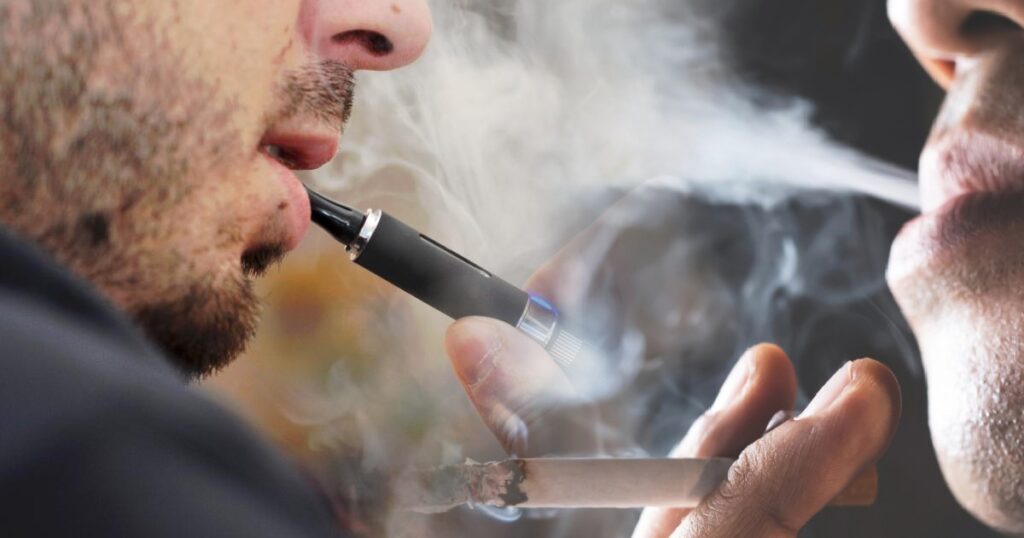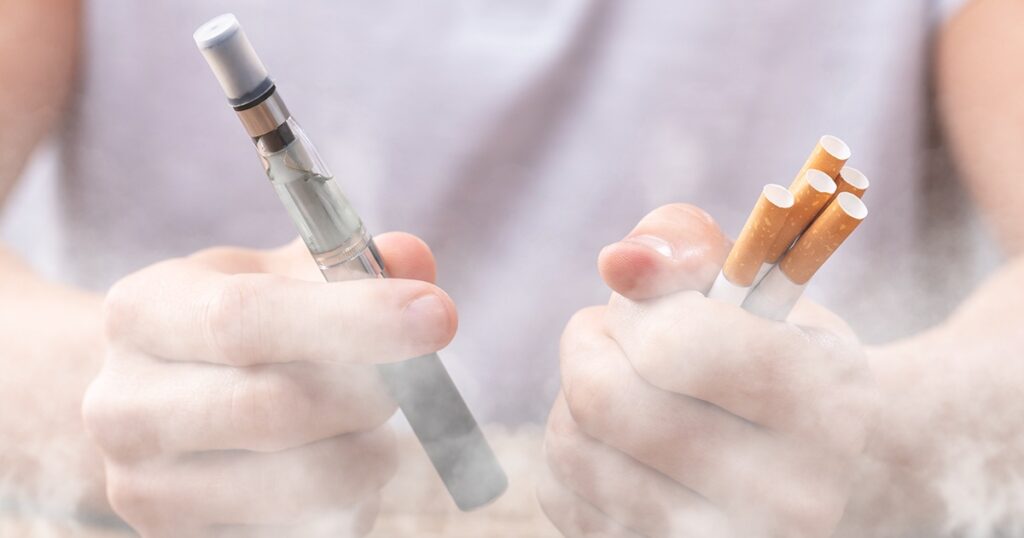Cannabis Vape vs Traditional Smoking: Health, Convenience, and Experience Compared
When considering the consumption of cannabis, you might weigh the options between vaping and traditional smoking. Each method offers a distinct experience, influenced by different factors such as the onset of effects, taste, and portability. While smoking cannabis is the more traditional route, involving the combustion of dried flowers to release THC, CBD, and other cannabinoids, vaping utilizes a vaporizer to heat the plant material or concentrate just enough to turn the active ingredients into a vapor. This difference in heating mechanisms leads to an essential question about health implications: which is less harmful to your respiratory system?
The choice between vaping and smoking cannabis also affects the potency and intensity of its effects. With vaping, you may experience a more pronounced effect due to the higher concentration of cannabinoids typically present in vaporized products. However, this intensity varies with the frequency of use and individual tolerance levels. Moreover, you should consider legal aspects and cultural acceptance, crucial in how and where either method can be utilized.
Key Takeaways
- Vaping heats cannabis without combustion to create inhalable vapor and may have differing health impacts compared to smoking.
- The intensity and onset of effects can vary substantially between vaping and smoking.
- Legal and cultural considerations influence the acceptability and use of vaping and smoking cannabis.
Comparing Methods of Consumption
When choosing how to consume cannabis, you may weigh traditional smoking against modern vaping techniques. Each has distinct characteristics and implications for your health and experience.
Traditional Smoking of Cannabis
Traditional smoking involves lighting cannabis flowers directly through a joint, pipe, or bong. This method combusts the plant matter, releasing a mix of cannabinoids like tetrahydrocannabinol (THC) and tar—a sticky residue that can contain carcinogens. The smoke from this combustion has a strong odor and can lead to respiratory issues such as chronic bronchitis and cough. Despite possible health risks, many users appreciate the ritual of smoking and the traditional flavors of the cannabis strain.
Vaping Cannabis
Vaping heats cannabis products to a temperature that vaporizes but does not combust the material—whether it be oil or plant matter. Vape pens and other vaporizers typically offer a cleaner vapor that emphasizes the natural flavor and terpenes of cannabis. Health risks may be reduced as vaping avoids the tar and most toxins found in cannabis smoke. The vapor from a vape pen is also usually less odorous and more discreet than smoke.
Health Implications and Safety
Your health is paramount when considering cannabis consumption. Traditional smoking has been linked to an increased risk of lung disease and other respiratory symptoms, while vaping, considered safer than smoking, can still pose health risks such as EVALI (e-cigarette or vaping product use-associated lung injury). According to the CDC, substances like vitamin E acetate have been found in vaping products and are associated with the condition. When it comes to nicotine products, vaping is purported to be less harmful than traditional tobacco smoke, but the full spectrum of long-term effects is still under scientific scrutiny. Regardless of the method, understanding potential health benefits and risks is essential for making an informed decision.
Cultural and Legal Considerations
When you choose between vaping cannabis and traditional smoking, it’s vital to weigh cultural and legal considerations that may influence your decision:
Legal Access
Different jurisdictions have distinct laws governing the use of medical and recreational cannabis. Vaping products may face stricter regulations due to health concerns and the need for safety regulations from entities like the Food and Drug Administration (FDA).
Cultural Impact
The ritual of smoking weed has a cultural heritage that vaping doesn’t quite share. Smoking marijuana is often seen as a social activity, whereas vaping can be more discreet due to reduced odor and convenience.
| Aspect | Vaping | Smoking |
| Odor | Less odor, more discreet | Strong smell, less discreet |
| Convenience | Portable, easier to use | Requires more setup and paraphernalia |
| Investment | Initial higher cost for equipment | Lower initial price, ongoing for supplies |
| Experience | Smooth intake potency varies | Traditional, well-known effects |
Health Considerations
Scientific reports on the health effects of vaping versus smoking cannabis are ongoing. You should be aware of potential adverse effects, such as respiratory issues from smoking or the unknown long-term effects of vaping.
Legal Implications
Law enforcement techniques for detecting impairment from cannabis differ by region, and the legal complexities around cannabis use continue to evolve. Knowledge of local laws is crucial for consumers and businesses involved in cannabis.
In summary, your preferences for cannabis consumption should take into account these cultural nuances and the evolving legal framework, which ultimately guides the accessibility and socially acceptable methods of use.
Frequently Asked Questions
In this section, you’ll find answers to common queries regarding the health risks, differences in effects, and efficiency of vaping dry herbs compared to traditional smoking.
What are the health risks associated with vaping dry herbs compared to traditional smoking?
Vaping marijuana may be considered less harmful than smoking because it doesn’t produce many of the combustion byproducts associated with smoking. However, potential risks still exist, as long-term effects are poorly understood. Are you interested in learning more? Explore the nuances at Verywell Health’s insights into the dangers of vaping versus smoking.
Can using a dry herb vaporizer lead to lung damage, and what symptoms should one be vigilant of?
Although vaping is perceived as a cleaner method, it’s not without potential lung health concerns. Symptoms to be aware of include shortness of breath, chest pain, and persistent coughing. For a closer look at these symptoms and their implications, check out the information provided by Healthline.
How do the effects differ between vaporizing and smoking cannabis?
The primary difference lies in the onset and duration of effects. Vaping tends to produce a more immediate and potent experience, while smoking may result in a gradual and more prolonged development. Dive deeper by examining Leafly’s comparison.
What are the potential advantages and disadvantages of using a dry herb vaporizer?
Vaporizing is generally more efficient and discreet than smoking. Conversely, the upfront cost for quality vaporizers could be significant, and the long-term health effects are still being studied. For a breakdown of these factors, visit Leafymate’s analysis.
How does the potency and consumption efficiency compare between a vape pen and traditional joints?
A vape pen often requires less product to achieve desired effects, thus being more potent and efficient. However, the experience might vary based on the individual and the quality of the vaporizer or cannabis used. Silver Stem Cannabis offers a detailed look at efficiency and potency comparisons.
Are there any possible benefits to switching from smoking to vaping in terms of lung health recovery?
Switching to vaping might provide some benefits for lung health due to lower exposure to tar and other harmful byproducts of combustion. Recovery can vary, though, and is influenced by several factors, including the extent of smoking-related damage and individual health.





